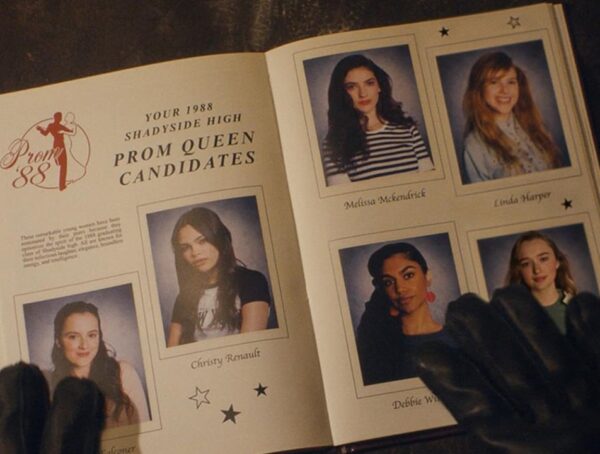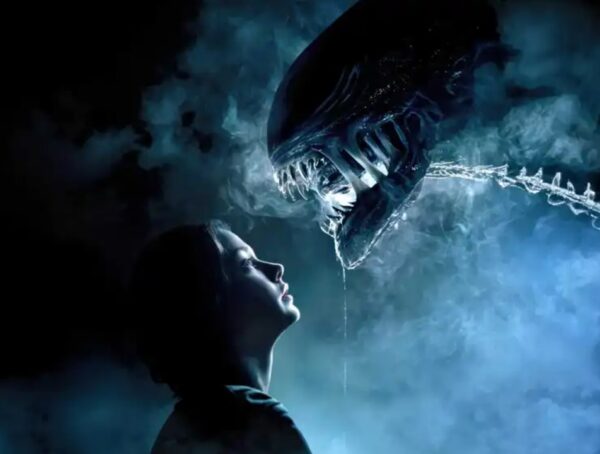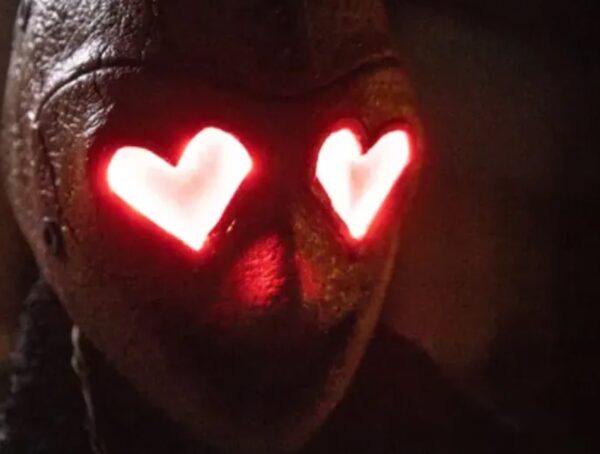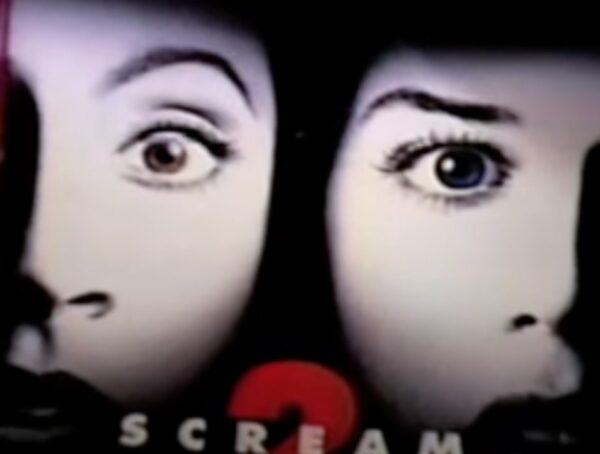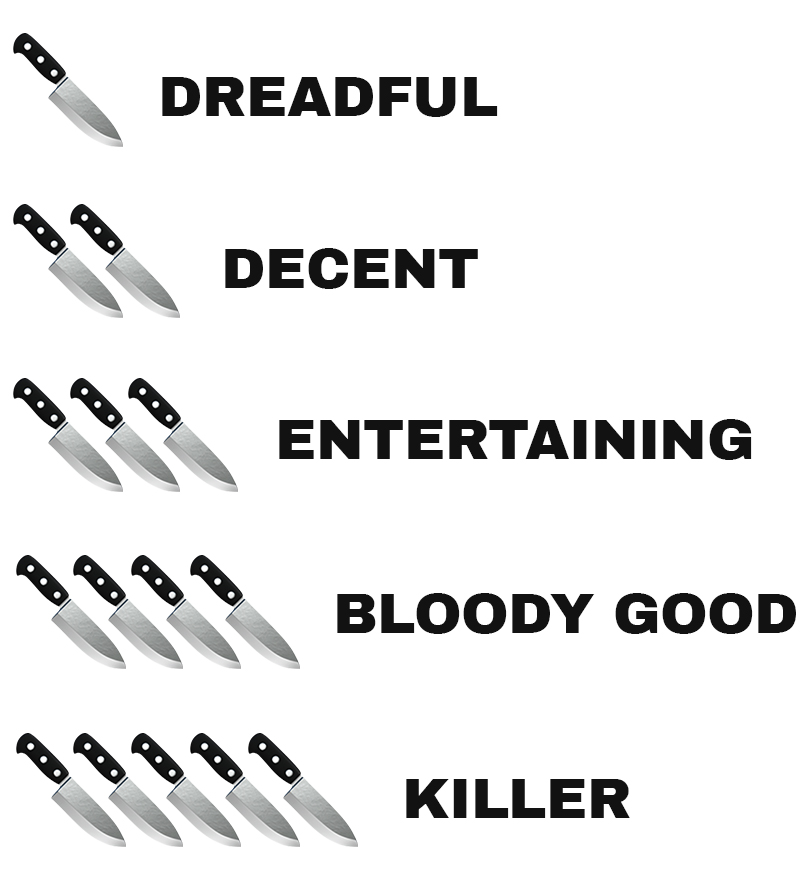The horror film industry has been abuzz with trends like reboots, requels and elevated horror, but the resurgence of the trilogy is another movement gaining momentum. In recent years, a spike in trilogy announcements has left fans wondering if this storytelling approach is beneficial for creative purposes or a recipe for disaster. While the promise of three new films in a beloved franchise can spark excitement, depending on a studio’s objective it may also raise warning signs.
The idea of a trilogy might be underwhelming if you prefer self-contained films with a clear three-act structure. Knowing a story is stretched across three installments, especially in horror, can lessen the stakes. The typical trilogy structure (film 1: setup, film 2: filler, film 3: epic conclusion) can either pay off or fall flat, based on the execution.
Hollywood’s recent obsession with trilogies raises questions: Does this filmmaking tactic genuinely build anticipation, or risk leading to franchise fatigue? Is the trilogy format a creative choice that enhances the narrative, or is it a calculated move by studios to milk a successful story for all it’s worth? In other words, are trilogies driven by artistic vision or financial gain?
Below, we’ll look at recent horror trilogies to determine whether they’re built for success or bound for failure.
Haphazard Trilogies

When Jamie Lee Curtis announced her return to the Halloween franchise in David Gordon Green’s 2018 film, fans were ecstatic. Curtis had previously declared her intention to bid farewell to the franchise and her iconic character, Laurie Strode, stating in a behind-the-scenes feature for Halloween Resurrection (2002), “I’m trying to give my all in this last sequence… to send her off with a little bit of poetry”. The franchise’s future was uncertain for years, but news of Curtis’s reprisal sparked widespread interest beyond diehard fans.
Halloween (2018) was billed as a direct sequel to John Carpenter’s 1978 original, disregarding the events of all previous sequels. Initially marketed as the franchise’s final film and the ultimate showdown between Laurie and Michael, it was an event no horror fan wanted to miss. The film delivered, achieving both critical acclaim and commercial success: $260 million (USD) worldwide, the highest-grossing opening for a female lead over 55, and a 79% Rotten Tomatoes score. Not too shabby for the 11th installment in the franchise.
Halloween (2018) was a triumph for fans and the team behind it, particularly David Gordon Green, but shortly after its release it was announced that the film was not, in fact, a conclusion, but rather the first installment of a new trilogy. Universal Pictures posted a low-budget video on their YouTube page, revealing that two more sequels were in the works: Halloween Kills and Halloween Ends. Of course, many fans were thrilled about the prospect of additional films, but this news inevitably made the 2018 film feel less special. I’m part of a minority that enjoys Ends but there’s no denying it works better as a standalone film and feels disconnected from Halloween (2018) and Kills. It’s clear that the trilogy lacked a methodical game plan from the start. Now spread across three films, the trilogy’s narrative feels disjointed, with several questionable creative choices made. All things considered, it appears that the filmmakers lost sight of the story’s direction, prioritizing revenue over cohesive storytelling.
Should Halloween (2018) have ended the Laurie and Michael saga for a while? If the trilogy route was inevitable (cash is king, right?) would three completely different stories have made more of an impact? One thing is certain, when a franchise’s main thrill relies on the triumph of good or evil, knowing that additional films featuring the same protagonist and antagonist are in the works diminishes the stakes. (Spoiler alert: They’re both making it to part three!). Both Kills and Ends were money makers, but extending the story into a trilogy undermined the significance of the 40th-anniversary film.
Successful Trilogies

Ti West’s trio of X films stands as a testament to the potential of a well-planned trilogy. Each film has a distinct voice, but harmonizes with its companions to form a well-thought-out franchise. The trilogy begins with X, which takes place in the rural Texas countryside of the late-70s, followed by the prequel Pearl, set in 1918 and a thorough exploration of the antagonist’s origin story. The series concludes with MaXXXine, a mid-80s giallo-inspired murder mystery that brings the franchise full circle. This formula works well because each story is fresh yet interconnected in a way that feels innovative. West’s meticulous planning and Mia Goth’s outstanding performances, tailored to each film’s unique vibe, result in a triumphant trilogy that showcases the power of deliberate storytelling.

The Netflix Fear Street trilogy, adapted from R.L. Stine’s book series, is another prime example of a set of films each taking place in a different era with solid results. Netflix cleverly captured the audiences’ attention by releasing the films over three consecutive weeks in the summer of 2021. The trilogy also tapped into nostalgia, revisiting viewers’ childhood memories of the books, and paying homage to horror classics like A Nightmare on Elm Street, Scream, and I Know What You Did Last Summer. Although the films weren’t perfect, the unified narrative exploring trauma, curses, and small-town secrets resonated with audiences, demonstrating a well-planned strategy behind the trilogy’s release.
Problematic Trilogies

The Exorcist: Believer proves that even with proper planning, trilogies don’t always guarantee success. In July 2021, Universal Pictures invested $400 million in a three-film deal, with David Gordon Green at the helm. The trilogy aimed to revive the original’s magic, bringing back Ellen Burstyn’s iconic character, Chris MacNeil. Unfortunately, despite this exciting development, Believer fell flat with critics and fans, earning a dismal 22% on Rotten Tomatoes (with a 59% audience score). The film was deemed generic, uneventful, and mishandled MacNeil’s character, leaving a sour taste with moviegoers. Believer was released in October 2023 and by January 2024, Green had stepped down as director, and the next installment, The Exorcist: Deceiver, was left in limbo.
It’s clear that financial motives, and not passion, drove this trilogy; however, fans now have reason to celebrate, as Mike Flanagan has taken the reins, set to write, direct, and produce a new Exorcist film from scratch. While some question the need for another installment, Flanagan’s involvement has generated positive buzz. He recently stated that his Exorcist (set to release on March 13th, 2026) is the scariest film he’s ever made. Notably, there’s been no mention of this becoming a trilogy – for now.

The new Strangers trilogy also faces an uncertain future. Marketed as a prequel, the first installment surprisingly felt more like a reboot, introducing modern technology but lacking a fresh perspective and compelling origin story. This underwhelming start raises some questions about the direction of the next films: Will they all take place the same night as the final scene was at the hospital? Will the focus shift to new characters? Will the town’s role in the grisly attacks be explored? Given the lukewarm reception, it’s questionable whether audiences will return. Announcing this as a trilogy may have been a misstep, as it feels like a watered-down rehashing of the original rather than a thoughtful expansion of the story.
Future Trilogies

If Scream 7 (set to release on February 27th, 2026) is indeed to be the start of a new trilogy, it will inadvertently increase pressure on the first installment to perform. This approach risks repeating the mistakes of Scream 4, which was initially intended to launch a new trilogy but was scrapped due to underwhelming reception and lower box office numbers than the franchise was used to. Rather than rushing to announce a trilogy, it would be wiser to focus on crafting each film as a standalone success, allowing the story to organically unfold and for critical and commercial reception to determine future installments. The original three Scream films, which emerged organically without initial plans for a trilogy, stand as a testament to the benefits of this strategy. Sure, there was talk of a three-picture deal, but Kevin Williamson wasn’t instructed to start writing a sequel until positive word of mouth spread on the first film. By not overcommitting to a multi-film arc, the studio can avoid overexposure and preserve the story’s integrity. Even if there are plans to continue the franchise with additional films, there’s no need to announce it upfront. After all, sometimes less is more, and a little mystery can help build anticipation.
Announcing a new trilogy can be a double-edged sword–er, knife for the horror genre. On one hand, doing so can generate hype and excitement, promising a fully fleshed-out story arc. On the other, it risks putting filmmakers in a box, setting themselves up for disappointment if the subsequent installments fail to deliver. Furthermore, trilogies might not be the best fit for slasher films, which often rely on the simplicity of a protagonist’s survival or demise. By extending the narrative across three films, slasher trilogies may inadvertently reduce the tension and impact that makes the genre thrive. In the end, a successful trilogy depends on thoughtful storytelling, careful planning, and a clear understanding of the genre’s strengths.
Do you foresee the trilogy trend dying anytime soon?

